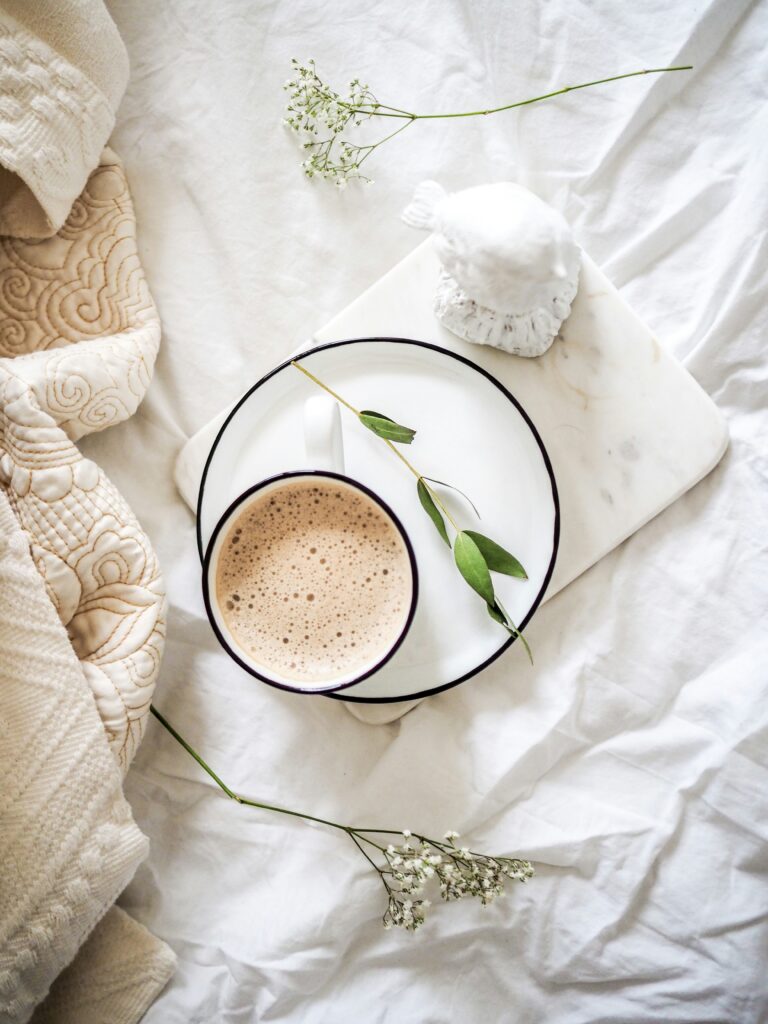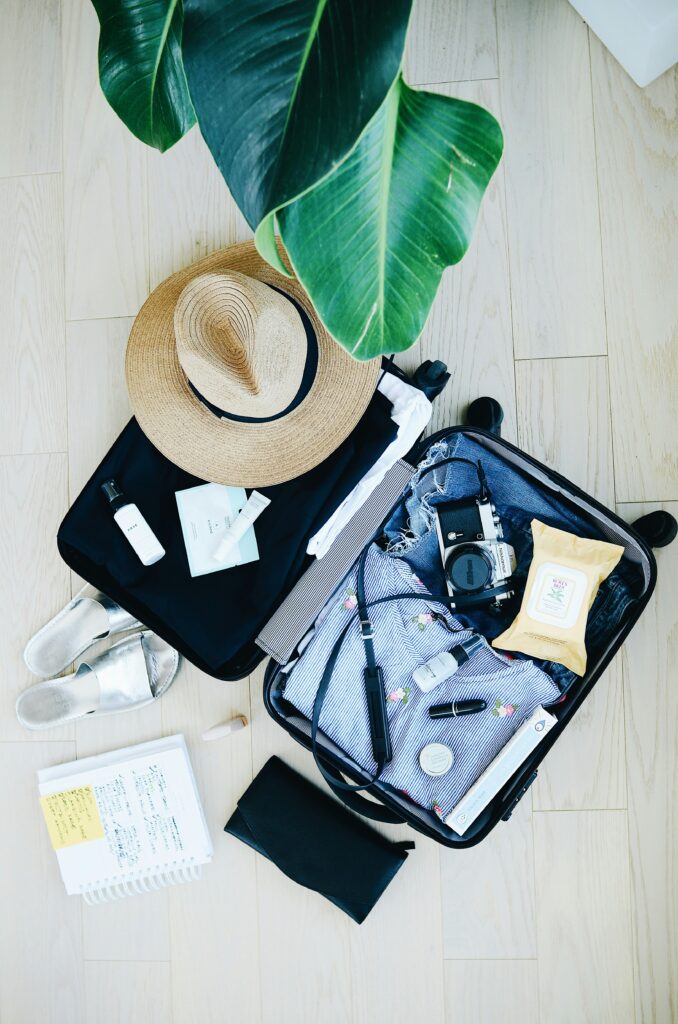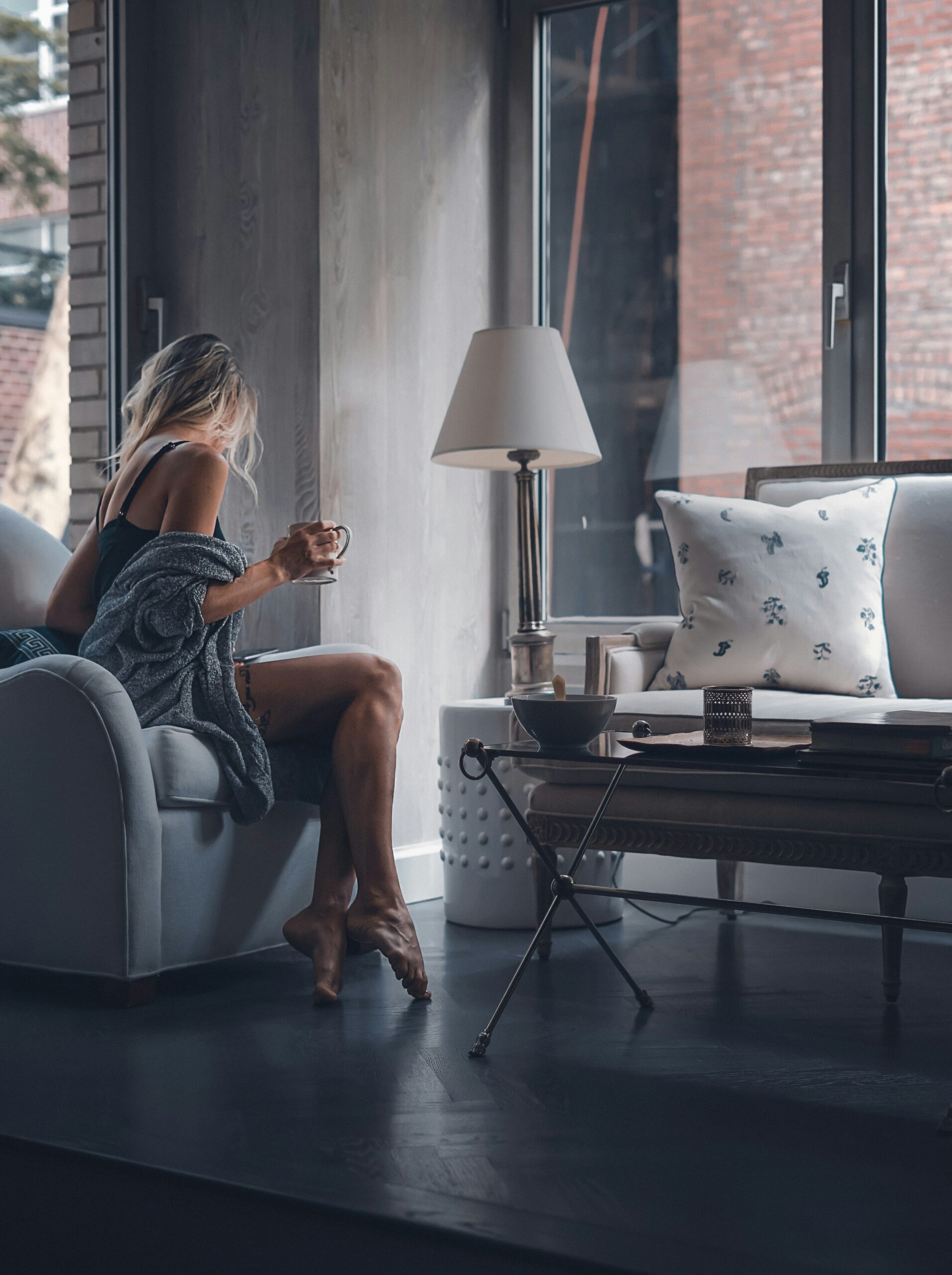In today’s fast-paced, consumption-driven world, it’s easy to become overwhelmed by material possessions, information overload, and the constant pressure to do more and be more. This is where minimalism comes in as a refreshing and liberating approach to life. Minimalist living isn’t just about owning fewer things; it’s about creating space—both physically and mentally—for what truly matters. It’s about intentionally simplifying your life so you can focus on experiences, relationships, and goals that bring joy and fulfillment. This article delves into the benefits of minimalism and offers practical tips on how to declutter your home, simplify your wardrobe, and ultimately achieve a balanced, stress-free lifestyle.
The Benefits of Minimalism
Minimalism offers numerous benefits that extend far beyond having fewer possessions. Here are some of the most powerful advantages:
- Reduced Stress and Anxiety: A cluttered home can often lead to a cluttered mind. The visual chaos of an overstuffed living space adds to mental stress. By minimizing, you’re creating a serene environment that fosters calmness and mental clarity.
- Increased Focus and Productivity: When distractions are removed, it’s easier to concentrate on what truly matters. Whether it’s your work, hobbies, or relationships, minimalism helps you focus and direct your energy where it counts.
- Financial Freedom: By cutting down on unnecessary purchases and rethinking your spending habits, minimalism can help you save money and become more financially secure. You spend less on things that don’t serve your life purpose.
- Environmental Impact: A minimalist lifestyle is inherently more sustainable. Consuming less and being mindful of what you bring into your life can significantly reduce waste and your overall ecological footprint.
- Emotional Freedom: Letting go of possessions you don’t need creates space for more joy and emotional freedom. Instead of being weighed down by things, you’ll feel lighter and more empowered to live life on your terms.

Now that you’re aware of the benefits, let’s explore how you can implement minimalism in different areas of your life.
Decluttering Your Home: A Step-by-Step Guide
Your home is often a reflection of your inner state. If it’s cluttered and chaotic, chances are, your mind feels the same. Decluttering your home is the first step toward embracing a minimalist lifestyle.
- Start Small: Begin with one room or even one part of a room. Trying to declutter your entire home in a single day can feel overwhelming and counterproductive. Focus on one space at a time—like your kitchen countertop, closet, or nightstand.
- The “Keep, Donate, Toss” Rule: As you sort through your belongings, divide them into three categories—items to keep, donate, or throw away. Be honest with yourself about what you really need. If something hasn’t been used in the last year or it doesn’t bring you joy, it’s time to let it go.
- Digitize Where Possible: Paper clutter can be one of the most overwhelming parts of a home. From old bills and documents to sentimental letters and cards, paper tends to pile up. Scan and store documents digitally, and shred the physical copies that aren’t necessary.
- Adopt the “One-In, One-Out” Rule: After decluttering, implement a rule that for every new item you bring into your home, one old item must go. This helps prevent accumulation and forces you to be more intentional with your purchases.
- Limit Storage Solutions: While it may be tempting to buy more storage boxes or shelving, the goal of minimalism is to own less, not store more. Avoid filling your home with containers that only serve to hide clutter.

Simplifying Your Wardrobe: Creating a Capsule Collection
Your wardrobe is a great place to practice minimalism. A simplified, capsule wardrobe doesn’t just save time when choosing outfits; it also eliminates decision fatigue and reflects a more intentional approach to dressing.
- Evaluate Your Lifestyle: Begin by assessing your daily needs. Do you work in a corporate environment? Are you a stay-at-home parent? Your lifestyle will dictate what kinds of clothes are most essential for you. Focus on practical pieces that you’ll wear often.
- Keep It Neutral: Minimalist wardrobes often emphasize neutral colors like black, white, gray, beige, and navy. These shades are versatile and can be mixed and matched easily, reducing the need for excess clothing.
- Quality Over Quantity: Invest in fewer, high-quality pieces that are durable and timeless rather than chasing fast fashion trends. A well-made coat, sturdy pair of shoes, or classic black dress will last longer and serve you better in the long run than trendy, cheaply made items.
- Limit Seasonal Shopping: Curb the habit of buying new clothes for every season or occasion. Instead, focus on creating a capsule wardrobe that works year-round by incorporating layers and versatile clothing.
- Declutter Regularly: Keep your wardrobe organized by periodically going through your clothes and removing items you no longer wear. If something doesn’t fit, is worn out, or doesn’t suit your current style, donate it.
Minimalism for Your Mind: Achieving a Balanced Lifestyle
Minimalism isn’t just about decluttering physical spaces; it’s also about clearing mental clutter. Here’s how to apply minimalist principles to your mindset:
- Limit Digital Distractions: The constant influx of information from social media, news outlets, and emails can create mental overload. Set boundaries for your digital life by limiting screen time, unsubscribing from unnecessary emails, and turning off notifications. Consider setting designated times to check your phone rather than allowing it to interrupt your day constantly.
- Prioritize What Matters: Minimalism encourages you to focus on what’s truly important. Make a list of your top three priorities in life—whether that’s your health, family, career, or personal growth—and direct your time and energy toward these areas.
- Practice Mindfulness: A cluttered mind often stems from worrying about the future or dwelling on the past. Incorporating mindfulness techniques like meditation, deep breathing, or journaling can help you stay present and clear-headed. These practices reduce mental clutter and improve your overall well-being.
- Say “No” More Often: Part of simplifying your life involves setting boundaries and being selective about where you spend your time and energy. Don’t feel obligated to say yes to every social invitation, work project, or favor. By saying “no” more often, you’ll have more time for the things that truly enrich your life.
- Daily Declutter Sessions: Just as you would regularly declutter your home, make it a habit to declutter your mind at the end of each day. Reflect on what went well, what needs improvement, and what you can let go of. This mental reset helps you wake up feeling refreshed and focused.

Living Intentionally
At its core, minimalism is about living with intention. By decluttering your home, simplifying your wardrobe, and clearing mental clutter, you can create a life filled with purpose and meaning. The benefits of minimalism—reduced stress, improved focus, financial freedom, and emotional clarity—are well worth the effort. With each step toward simplicity, you’ll find yourself more aligned with what truly matters, fostering a balanced and stress-free lifestyle.
Minimalist living isn’t just about owning fewer things; it’s about making room for more—more time, more joy, more freedom.










